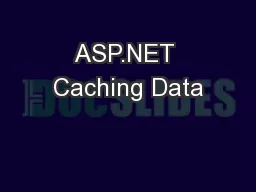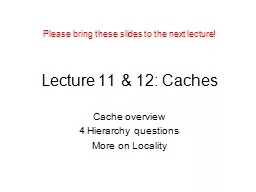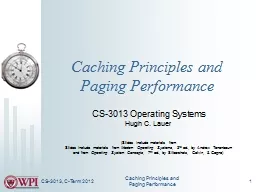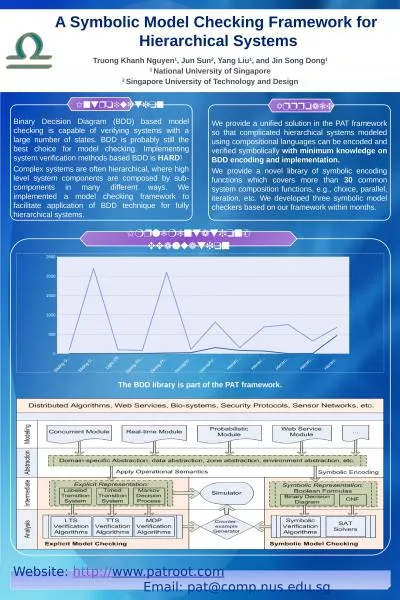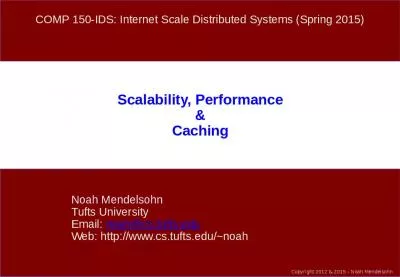PPT-A Framework for Evaluating Caching Policies in a Hierarchical Network of Caches
Author : celsa-spraggs | Published Date : 2019-11-06
A Framework for Evaluating Caching Policies in a Hierarchical Network of Caches Eman Ramadan Pariya Babaie Zhi Li Zhang Presented By Arvind Narayanan University
Presentation Embed Code
Download Presentation
Download Presentation The PPT/PDF document "A Framework for Evaluating Caching Polic..." is the property of its rightful owner. Permission is granted to download and print the materials on this website for personal, non-commercial use only, and to display it on your personal computer provided you do not modify the materials and that you retain all copyright notices contained in the materials. By downloading content from our website, you accept the terms of this agreement.
A Framework for Evaluating Caching Policies in a Hierarchical Network of Caches: Transcript
Download Rules Of Document
"A Framework for Evaluating Caching Policies in a Hierarchical Network of Caches"The content belongs to its owner. You may download and print it for personal use, without modification, and keep all copyright notices. By downloading, you agree to these terms.
Related Documents




